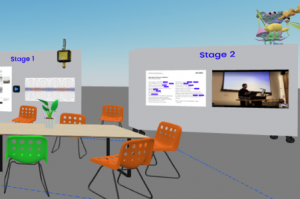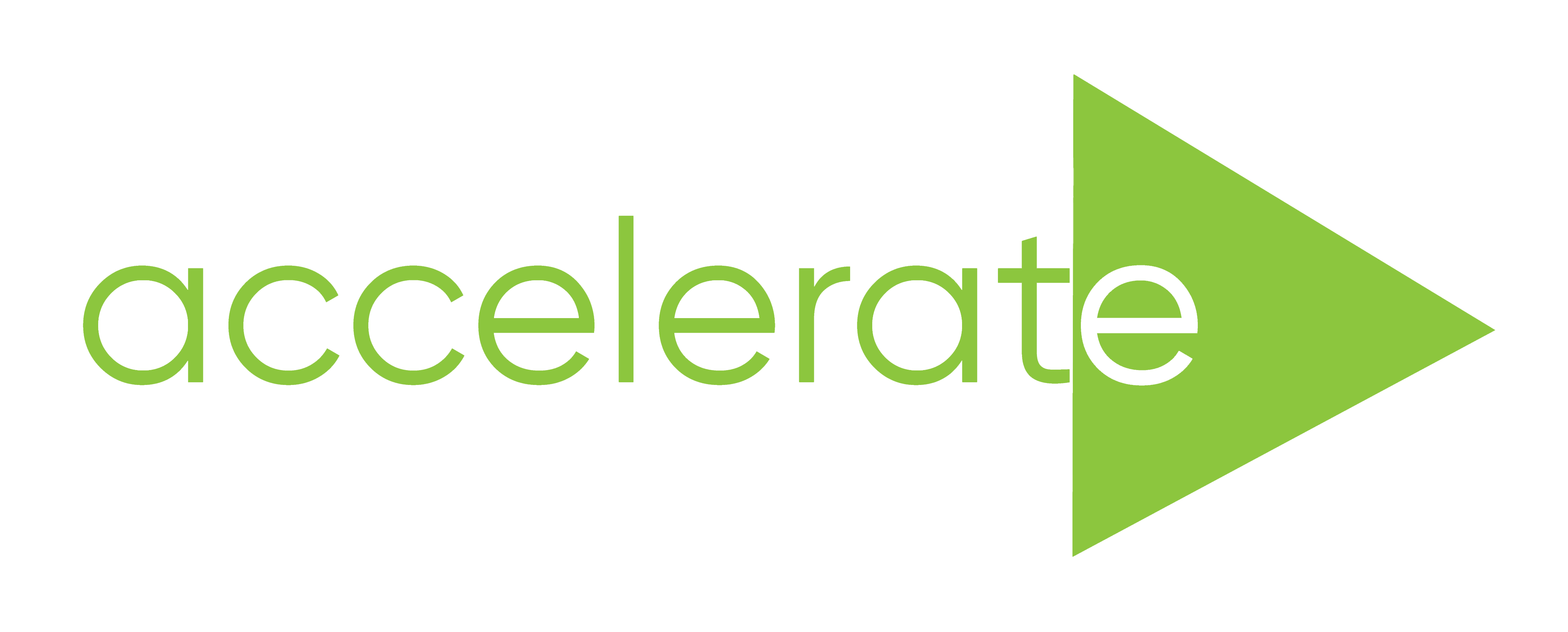Case Study - UAL & IADT


Institutional and Course Overview:
Illustration Programme at CCW, University of the Arts London, UK.
The Illustration Programme at CCW comprises two undergraduate and one postgraduate course: BA (Hons) Illustration, Graduate Diploma in Illustration and MA Illustration. There are approximately 420 undergraduate students and between 100 and 230 MA students depending on the time of year. The MA runs for 45 weeks over 15 months and has a period of overlap in the winter term, hence the periodic ‘doubling up’ of student numbers.
The Illustration Programme is oriented (pedagogically) vertically, meaning that some activities and delivery are shared across the cohorts. The programme has developed several approaches to shared activity with aspects of curricular and non-curricular activity that involve students from multiple year groups and courses. Broadly speaking the underlying narrative of the Programme is to enable students to move from a disciplinary to a trans-disciplinary practice. In practice this means that the trajectory of the BA is one of developing discipline specific skills in the first year, methods of interdisciplinaryinter-disciplinary practice in the 2nd year and trans-disciplinary approaches in the 3rd year. The MA course adopts a similar but level-specific approach with a focus on the development of an expanded practice-led methodology. The Graduate Diploma has a slightly different remit as its function is to enable students with a degree award in another discipline to transition effectively to postgraduate study in Illustration.
Technologies, processes and skills are offered to support the development of individual practices as opposed to an insistence instrumentalised training. Students on the programme have access to in-studio ‘maker spaces’ that facilitate clay fabrication, relief, reduction and off-set printmaking, 3D printing, 3D digital design and drawing, animation, physical computing, VR, AR, photography and moving image making.
Dun Laoghaire Institute of Art, Design and Technology, Dublin, Ireland
The Dun Laoghaire Institute of Art, Design and Technology (IADT) was established as an autonomous higher education institution on April 1, 1997, while the former Dun Laoghaire College of Art and Design became the School of Creative Arts as part of the entire institution. With the focus on art and design, IADT proved to be a leading institution in higher education specialising in providing practical experience in teaching digital media, arts, and entrepreneurship.
In 2012, its three existing schools were amalgamated to become two Faculties: the Faculty of Enterprise + Humanities, and the Faculty of Film, Art + Creative Technologies, incorporating the National Film School.
3D Design Model Making & Digital Art at IADT
3D Design Model Making & Digital Art is a four year, level 8, BA (Hons) programme of study. It provides three equally valuable areas of study; students learn the techniques and understanding required to make a career in the modelmaking industry, and a variety of culture industry practices. Graduates design and create 3D and digital representations of ideas and concepts in a variety of contexts such as film, gaming, architecture, exhibitions and street theatre. Many graduates from the course are now heads of department and employers in their own right, and the programme has had a significant impact on the television film and theatre industries in Ireland due to the quality of the graduates.
Introduction to Pairing:
UAL’s emphasis on forms of pedagogy that focus on conceptual and transdisciplinary practices were complemented by IADT’s approach that placed greater emphasis on technical emphasis and enabling a substantive knowledge base to produce work in specific digital environments to a professional level. The Illustration Programme at UAL has been developing approaches to teaching and learning in Web XR and Virtual environments for the past 18 months via a dedicated VR R&D group. The focus has been on enabling students and staff to access 3D model making software and translate these assets via Blender for use in collaborative environments like Frame VR, Mozilla Hubs and Spatial. We opted to concentrate on a workflow that ended with a shared experience in Frame VR. Some of the significant challenges that we were faced with related to regular (sometimes weekly) updates to software and the tendency for the platform technology to evolve rapidly. Cognisance of this propensity for quick change was something that needed to be developed during this process and influenced the development of the guidance document described.
Following discussion with colleagues, initial emphasis was placed on the creation and integration of discipline specific 3D assets appropriate to web XR and online immersive experiences. As the study developed the focus shifted towards the exploration of bespoke spaces for a range of learning needs and how any assets might enable more personal and discipline specific experiences.
The objectives for the development of teaching and learning resources were determined as a result of these decisions.
Case Study: University of Arts London
Authors: Darryl Clifton and Matt Hawkins (in consultation with Julian King, IADT)
Subject: BA (Hons) Illustration, Graduate Diploma in Illustration and MA Illustration
Title: Digital Learning Spaces; The exploration of Immersive web XR as learning environments.
Aim: To explore accessible spaces for students, and enable ownership of personal learning spaces as a route to accessible learning.
Overview: This case study sets out a range of practice base investigations designed to explore web XR as a learning environment in the context of immersive learning, and the pedagogic principles of accessible and inclusive learning. It considers the pedagogic implications of working in a virtual space, potential barriers to access, and explores what contingencies are required to ensure fair and equitable access. The case study methodology involved the recruitment of ALSA (Accessible Learning Student Ambassadors) for the testing of practical VR and immersive technology-based workshops AKA workflows. Modes of engagement included action research, live practical experimentation, critical feedback and reflection on practice/pedagogy. Workflow design used a staged process to ensure adequate reflection and iteration time with regular feedback from participants to ensure currency and relevance. Focus Groups with ALSAs were staged periodically to evaluate learning, to design sessions, and to collect feedback. Virtual learning spaces were developed to further test accessibility principles and the efficacy of workflows. Formal and informal feedback loops were established to ensure co-design principles. This case study shares thorough and extensive evaluations and feedback to provide valuable evidence for teaching and learning development.
Immersive Technology: Frame VR, Gravity Sketch, Mimic, Blender (Extended Reality XR Drawing)
Participants: BA & MA Students with ALSAs Accessible Learning Student Ambassadors
Case Study: Institute of Art, Design and Technology
Authors: Julian King (in consultation with UAL Darryl Clifton and Matt Hawkins)
Subject: Three Dimensional Design, Model Making and Digital Art programmes.
Title: The use of Frame VR as a Reusable Learning Object Space: A subject specific exploration of Frame VR as a teaching space for Three Dimensional Design, Model Making, and Digital Art subjects.
Aim: To explore the potential application of Frame VR as a learning tool for teachers.
Overview: This case study provides detailed and subject specific insight for teachers with an interest in Three Dimensional Design, Model Making, Digital Art programmes, and Animation. The case study shares a teacher’s rationale for using Frame VR; the opportunity of it as a reusable learning space; details of how to record complex processes, and the use of animated mesh components in Frame VR from a tutor’s perspective. The Frame VR space shared simple principles of proportion that relate to the sculpting of a human head, demonstrations of 3d scanning, and the use of animated mesh components.
Immersive Technology: Frame VR, 3DMax, 3D scanning and Digital assets.
Participants: Final Year BA Students
